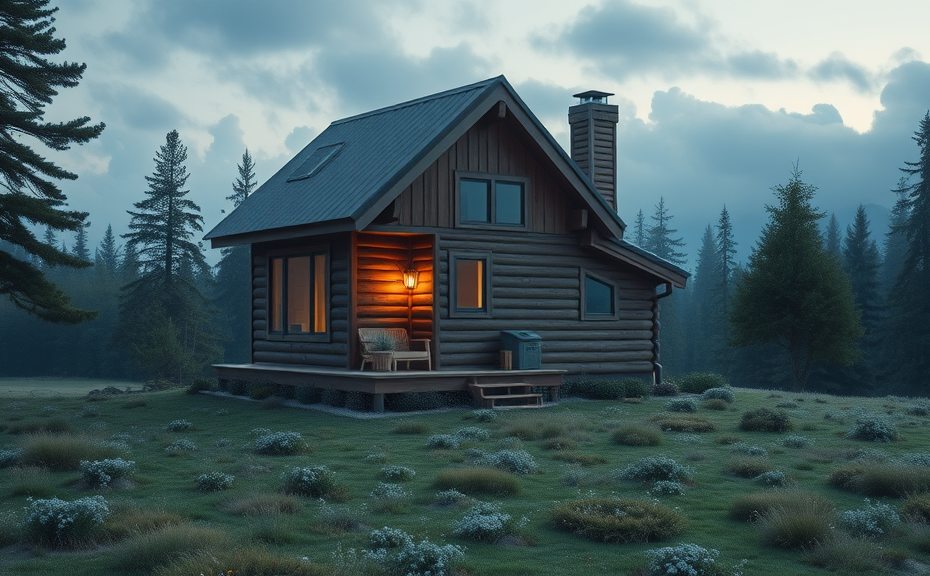Living in a tiny house on your own land is an increasingly popular lifestyle choice, particularly for those seeking financial freedom and a minimalistic way of living. However, before making the leap, it’s essential to understand the legal and logistical aspects involved.
First and foremost, zoning laws significantly affect whether you can live in a tiny house on your own property. Research your local regulations, as they vary widely across different municipalities. Some areas may have restrictions on the minimum square footage of homes, while others may require tiny houses to be on a permanent foundation.
In addition to zoning laws, it’s crucial to consider property taxes and utility connections. Some jurisdictions offer incentives for tiny homes, while others may impose additional taxation. Moreover, ensuring access to water, sewage, and electricity is vital to make your tiny house livable. Investigate local options for utility hookups or the possibility of using off-grid solutions.
Financing can also be a hurdle when deciding to live in a tiny house on your own land. Traditional mortgages may not be available for tiny houses, so researching alternative financing options is key. These could include personal loans, RV loans, or even crowdfunding.
Consider the lifestyle implications as well. Living in a tiny house requires strong organizational skills and a commitment to downsizing possessions. Embrace simplicity and make thoughtful choices about what to keep and what to donate or discard.
Ultimately, deciding to live in a tiny house on your own land hinges on understanding your local laws, securing financing, and adapting to a minimalist lifestyle. With careful planning and a positive mindset, this unique living arrangement can be both rewarding and fulfilling.
